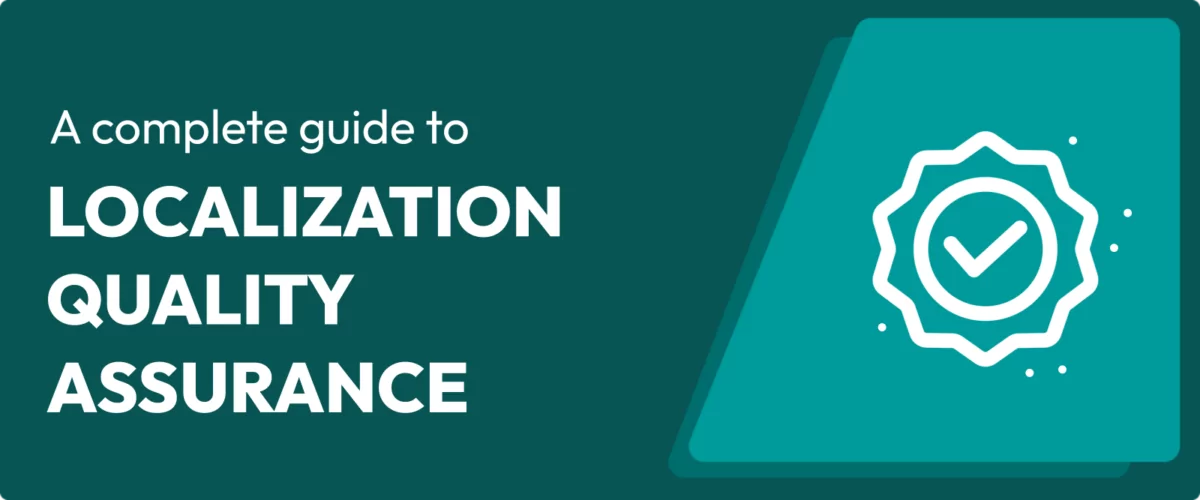
In this post
Proper localization is an essential requirement for your business’ global success. While translating content is a crucial first step, ensuring its quality across different languages and cultures requires a more systematic approach. Localization Quality Assurance (LQA) makes sure your content is accurate, appropriate, and technically correct.
I’m going to give you a guide to help you establish an effective LQA process, regardless of your business size and your global goals. I’ll also look into a few different tools to help you—including TranslatePress!
An Introduction to Localization Quality Assurance
Let’s start with the basics. LQA isn’t simply about checking translations. It’s a comprehensive process that ensures your content is solid in a few areas:
- Linguistic accuracy involves maintaining the meaning and intent of your original content, while adapting it to each target language. For instance, this might mean completely reworking a tagline to capture its essence rather than its literal meaning.
- Cultural appropriateness forms the second pillar of effective LQA. Your content needs to resonate with local audiences on a deeper level than just language. For example, a casual, friendly tone that works well in the United States might come across as unprofessional in more formal business cultures.
- The technical soundness of your localized content completes the LQA triangle. These considerations include proper character encoding to display special characters, handling Right-To-Left (RTL) languages, correct date and number formats, and maintaining layout integrity when text length varies between languages.
LQA is literally your multilingual content’s quality control system. Just as you wouldn’t ship a product without testing it first, you shouldn’t publish content without the proper quality checks in place. The process involves reviewing translation accuracy, cultural relevance, technical functionality, and visual presentation.
Why Traditional QA Isn’t Enough for Multilingual Content
While standard quality assurance processes can be valuable, they aren’t sufficient for multilingual websites. Consider an English website that breaks completely in German—where words are typically longer and can cause layout issues. Or think about carefully crafted buttons that make perfect sense in English but become culturally inappropriate with a Japanese translation.
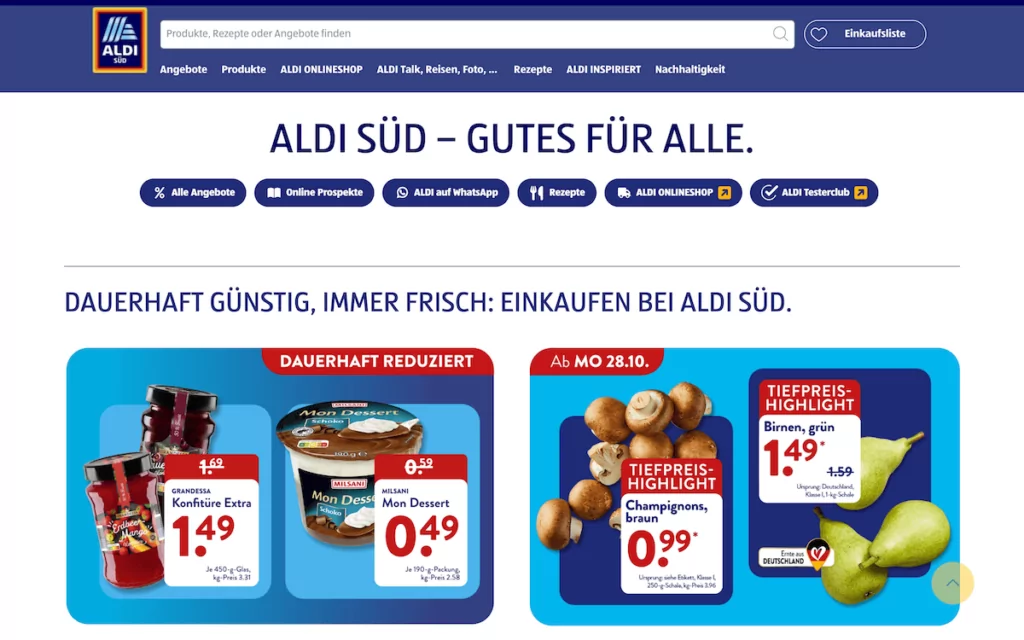
These scenarios highlight why LQA is a crucial element:
- Language impact. Different languages have varying space requirements and formatting needs
- Cultural context. What works in one region might be inappropriate or confusing in another.
- Technical elements. Date formats, currencies, and number systems vary by region.
- UI considerations. Different writing systems may require layout adjustments.
- Search Engine Optimization (SEO) requirements. Your approach to search and ranking needs to vary by language and region.
Despite these clear benefits, many businesses view LQA as an optional extra rather than a necessity. Next, I’ll discuss why this shouldn’t be the case.
The True Cost of Skipping LQA
While LQA is something of an overlooked step, the cost of poor localization often far exceeds the investment in quality assurance. Consider a financial services website that needs translation, for example.
This could involve complete redevelopment of their Spanish content due to translations that were technically correct yet inappropriate for the target market. Also consider the damage to your reputation if your product descriptions use culturally insensitive metaphors in Asian markets, despite technically accurate translation.
For instance, KFC makes revenue of over eight billion dollars per year in China alone. However, upon an initial market entry, it made a grave error in translating its famous slogan, “It’s finger lickin’ good”. Instead, a poor translation turned into, “Eat Your Fingers Off”.
These situations aren’t just hypothetical—they represent real challenges that proper LQA processes can prevent. The start is to understand what makes up the process as a whole.
The Essential Components of an Effective LQA Process
A comprehensive LQA process involves several interrelated components that work together to ensure quality across all of your multilingual content.
At the foundation lies a linguistic review. This ensures your translations maintain consistent terminology while also preserving the original message’s tone and intent. This goes beyond word-for-word accuracy though—it’s about following local language conventions to create content that feels natural to native speakers.
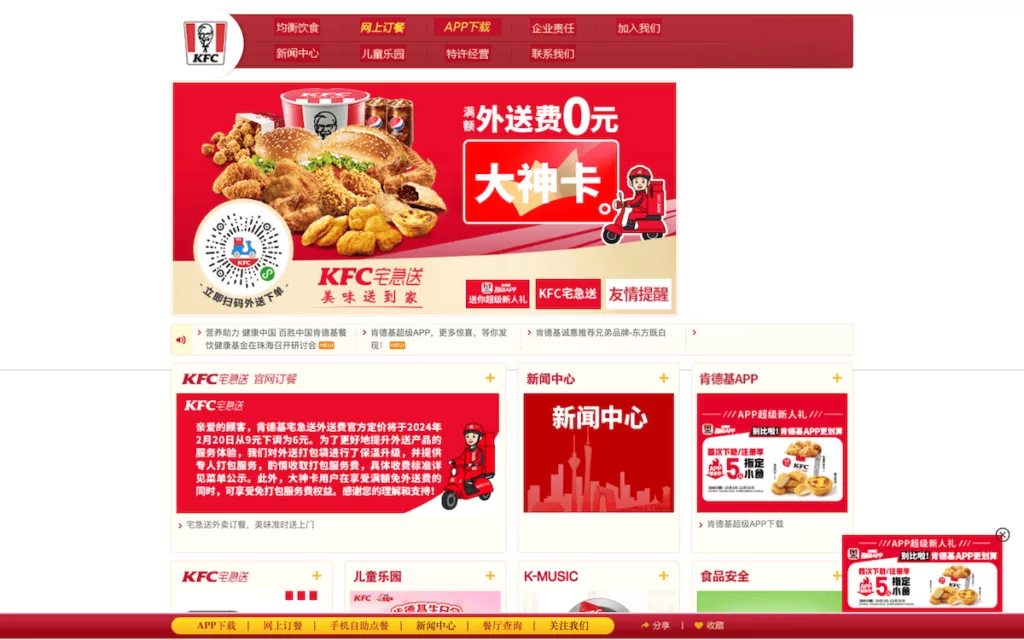
Next, cultural assessments take your content’s quality to the next level by evaluating how well it resonates with local audiences. This means carefully considering the cultural appropriateness of images, colors, and references.
For example, John Deere’s famous green caused trouble—again in China. “To wear a green hat” is slang in China for infidelity, which meant an initial merchandise push from the brand in that country was not a success.
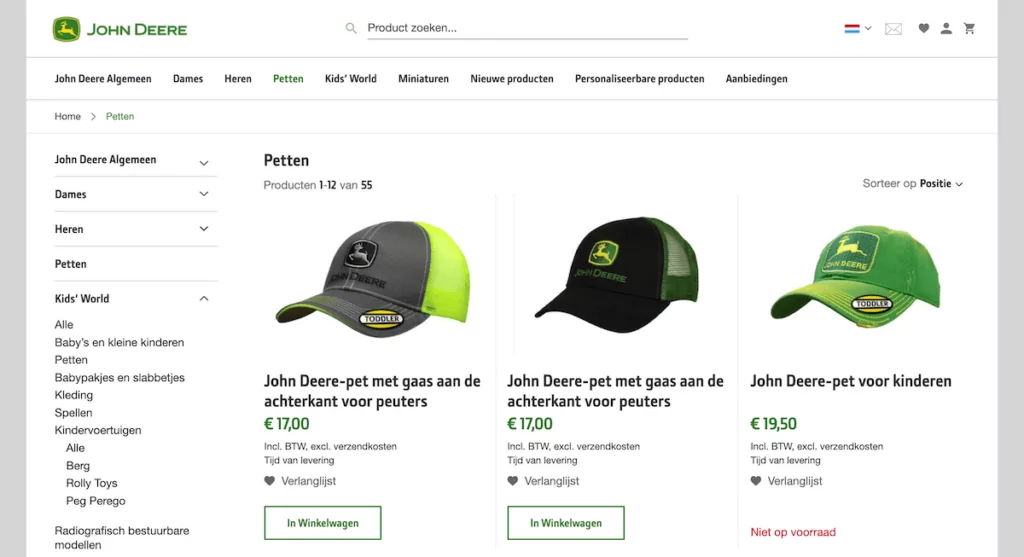
For instance, what might seem like a harmless metaphor in one culture could be offensive in another. Similarly, humor and idioms often don’t translate well across different cultures. This means you need to adapt your content with care and consideration, rather than simply relying on a direct translation.
The final core component of LQA is technical validation. This step ensures your multilingual content functions as you intend. There are a number of facets that relate to this:
- Layout integrity across different text lengths
- Proper display of special characters
- Correct formatting of dates, numbers, and currencies
- Functionality of forms and interactive elements
For sites that serve regions using RTL scripts such as Arabic or Hebrew, technical validation becomes even more crucial as it affects the entire User Interface (UI).
Implementing an LQA Workflow: The Key Steps
Your own LQA workflow should start with establishing clear guidelines. This means creating comprehensive style guides and glossaries for each target language and region. These provide the foundation for consistent, high-quality localization.
What’s more, these resources should evolve over time after learning something new. These resources and documents essentially help you to adapt to changing language usage and cultural norms over time.
The review process itself should be methodical and thorough. For me, this is a three-stage check:
- An initial translation review focuses on accuracy and consistency.
- The next stage evaluates cultural appropriateness.
- Technical functionality should be your focus next, although TranslatePress covers much of these aspects for you behind the scenes.
Each stage builds upon the previous ones to create layers of quality assurance that catch different types of potential issues. Once you complete these steps, a final comprehensive review will bring all these elements together to ensure your localized content works as a cohesive whole.
It’s worth noting that you won’t only use one tool within your LQA workflow either. I want to look closer at this, because multiple tools that cover different aspects of your process will ramp up the value of your quality assurance.
The Tools and Technology You’ll Need for a Streamlined LQA Process
Selecting the right tools for each job within your LQA process can offer a significant improvement. There are a few areas you should consider here:
- Translation management systems.
- Bug tracking software.
- Screenshot annotation tools.
- Automated testing tools.
TranslatePress covers managing your translations, but there are plenty of solutions for the rest. When it comes to technical SEO validation, you could use your current WordPress SEO plugins, or an off-site solution such as Screaming Frog’s tools.
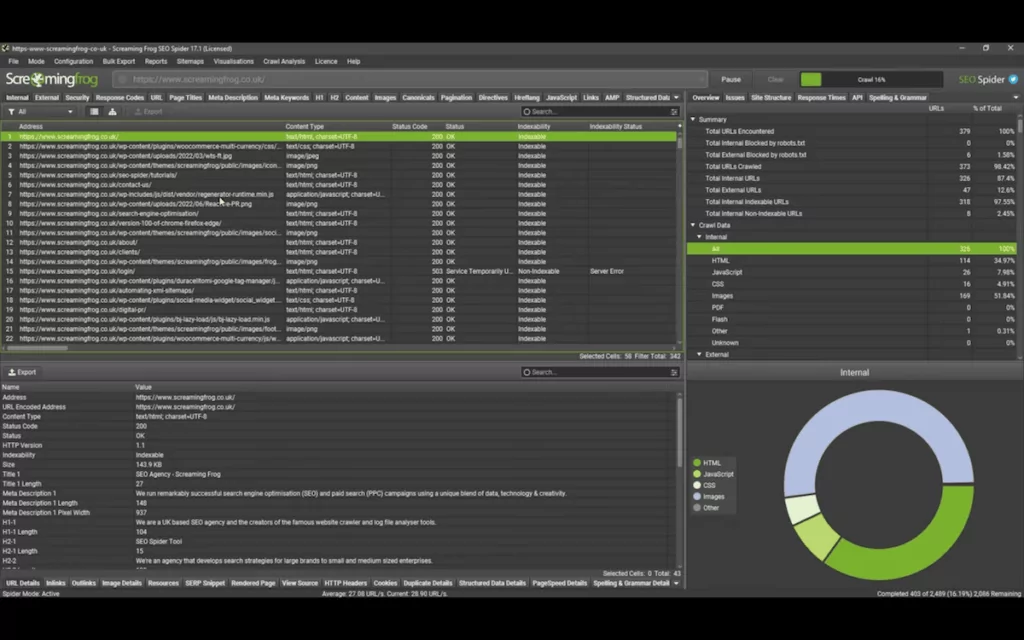
TranslatePress also offers its SEO add-on, which can cover many of these bases without the need for an additional plugin.
TranslatePress Multilingual
BrowserStack is also ubiquitous if you need to automate how your site’s translations display across different devices and browsers.
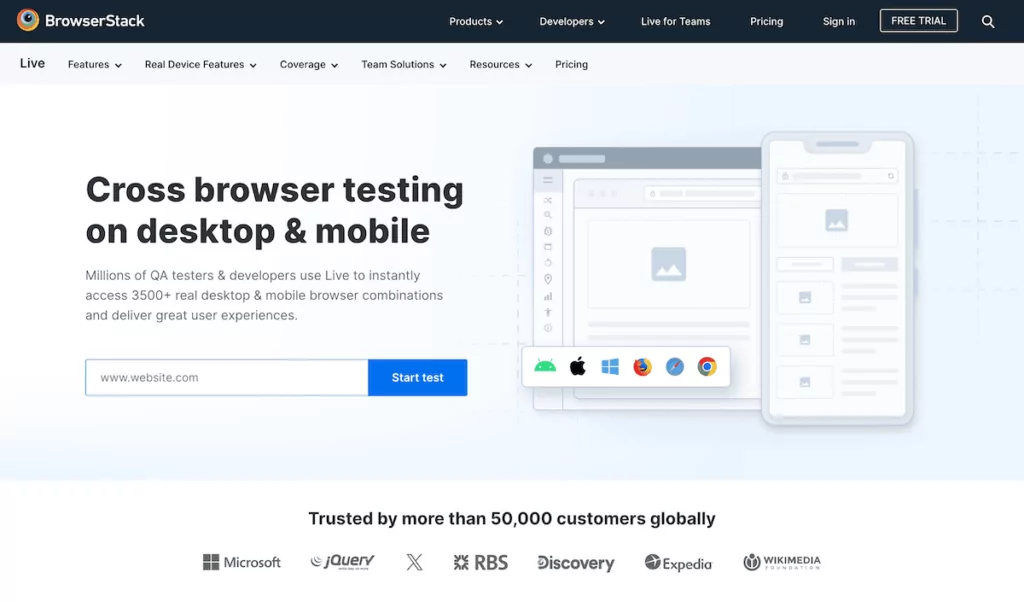
Text length is an important aspect of your LQA process, given that some languages read longer. It’s also inevitable that you’ll root out bugs, errors, and other inconsistencies. If you have a development background, you likely already have a suitable tool. Atlassian’s Jira and JetBrains’ YouTrack both are admirable for bug tracking.
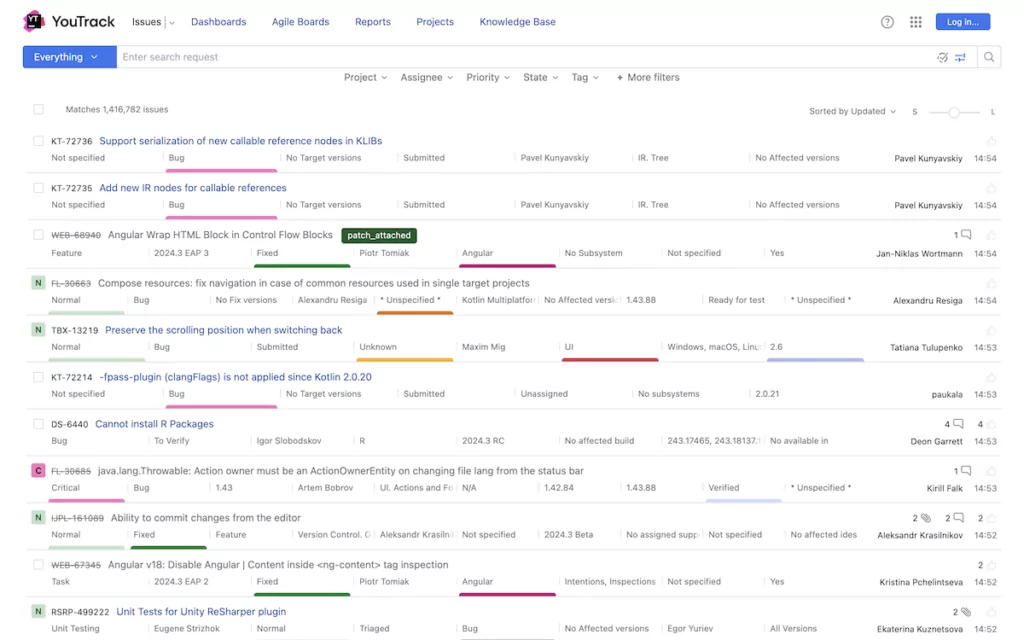
Taking screenshots of any inconsistencies is also a crucial step that many LQA processes overlook. After all, translations will be visual, so offering images and videos of any errors will make your workflow more efficient.
Again, this is another area that you may have a solution for already. The Preview app on macOS is adequate, but I personally like CleanShot X. The Windows Snipping Tool is good for that Operating System (OS), although I like Markup Hero for something quick and free to use.
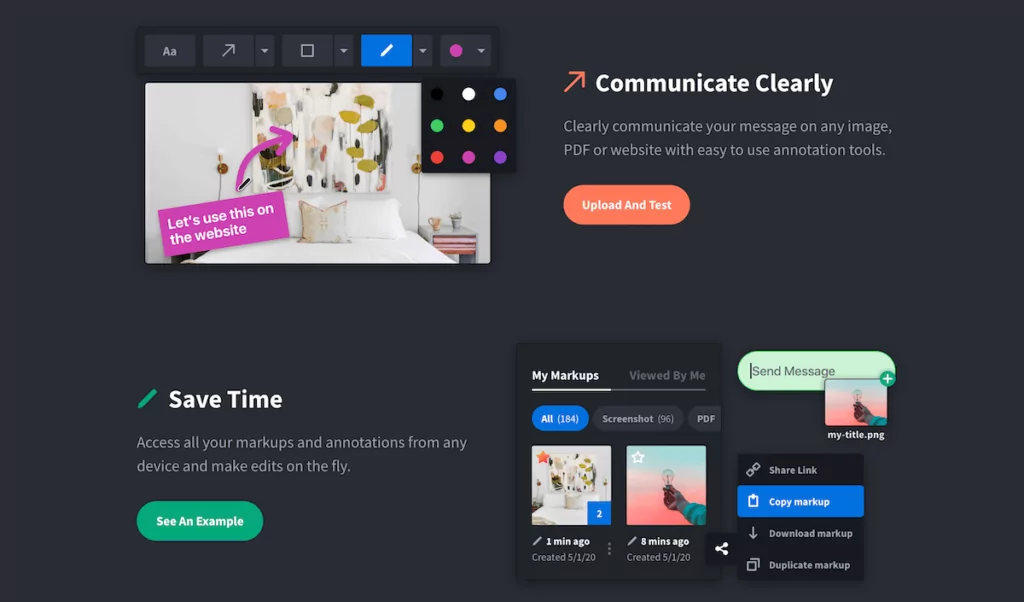
Ultimately, TranslatePress is central where its functionality overlaps with other technical tools. Let’s look at what TranslatePress can do for your LQA workflow next.
How TranslatePress Streamlines Your LQA Process
While TranslatePress is not a dedicated LQA tool, it’s a powerful ally for your workflow. It does this through offering the features and functionality that make the process more manageable and effective:
- Visual translation interface. The translation editor lets you see exactly how your translated content will appear, which makes it easier to catch layout issues early.
- Consistent translation memory. TranslatePress maintains a database of your translations that’s accessible within WordPress. As such, you can ensure consistency across your site and reduce the need for repeated quality checks.
- Automatic language detection. The plugin’s automatic language detection helps you to ensure users see the right version of your content. This reduces the risk of cultural mismatches with regard to your content.
Of course, the success of your LQA process depends on how you use TranslatePress. Fortunately, the plugin covers all three of these aspects for you. For example, you won’t have to worry about detecting languages as this is an automated process. TranslatePress stores your translations too—another worry checked off.
When it comes to a sleek, visual interface, TranslatePress can only provide this for you—the work to make sure your translations look the part is your own.
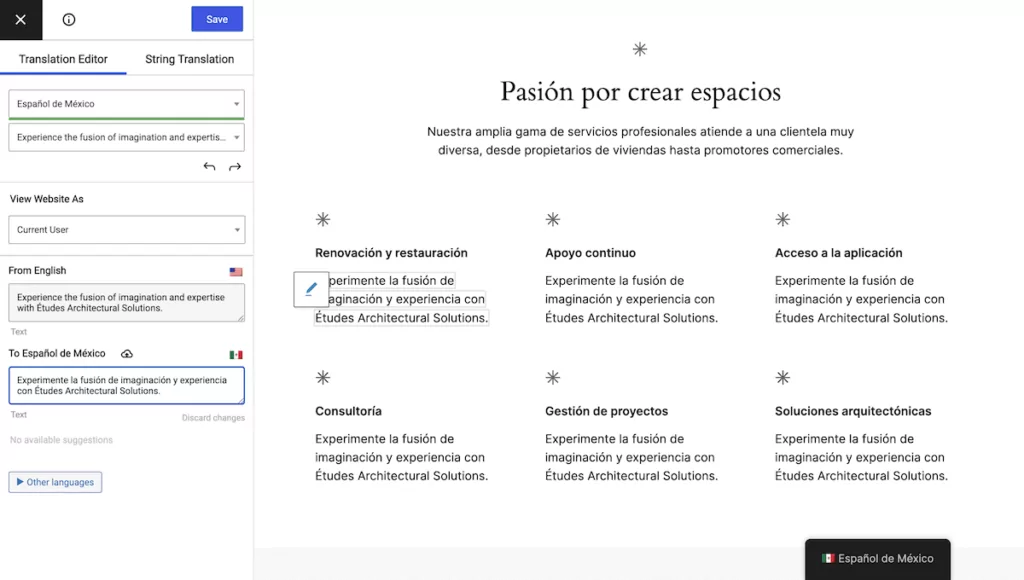
The interface lets you see exactly how your translated content will appear on the front-end of your site, which makes it easier to catch layout issues even before you start your LQA process.
So, multiple tools can help improve your LQA workflow. However, it’s important to note that for many WordPress sites, TranslatePress’s comprehensive feature set eliminates the need for multiple specialized tools. This simplification benefits almost every step of the process.
How to Keep Standards High for Ongoing LQA Success
Maintaining high-quality multilingual content is not a ‘set-and-forget’ task. It requires ongoing attention and refinement through a number of different focuses.
Here’s what I think should be your main areas to work on:
- Regular content audits help you identify where to improve. They ensure your translations remain relevant and effective over time. You should consider both user feedback and analytical data to guide those improvements.
- Documentation plays a crucial role in maintaining consistency and quality. If you keep detailed records of your LQA processes and decisions, you create a valuable resource that helps maintain standards as your team grows or changes. This becomes valuable when you need to update existing content or expand into new markets.
- Team training and communication is another way to keep your LQA high. Your entire content creating team should understand both the technical aspects of localization and its cultural implications. This is where regular training and clear communication channels can help to maintain those consistent high standards.
The feedback loop you implement is vital, as with the right guidance from the thoughts of your team and users, you can act upon anything worthy of inclusion in the future. Remember: communication is key when it comes to LQA.
Handle Your LQA Using TranslatePress at the Foundation
If you’re ready to implement a robust LQA process for your multilingual website, TranslatePress offers the perfect starting point. The installation process is quick, the visual editing is slick, and you have the tools in hand to monitor and maintain that translation quality over time.
Quality assurance in localization isn’t only about catching errors. It’s about ensuring your message resonates with every audience you serve. With the right approach and tools (such as TranslatePress), you can create and maintain multilingual content that truly connects with your global audience.
TranslatePress Multilingual
What challenges will you face when it comes to Localization Quality Assurance? I’d love to hear your thoughts in the comments section below!


